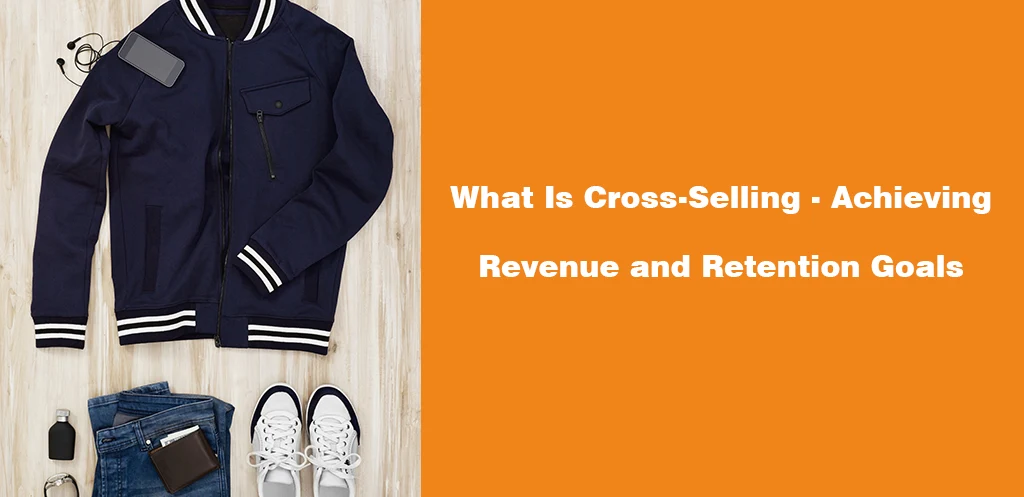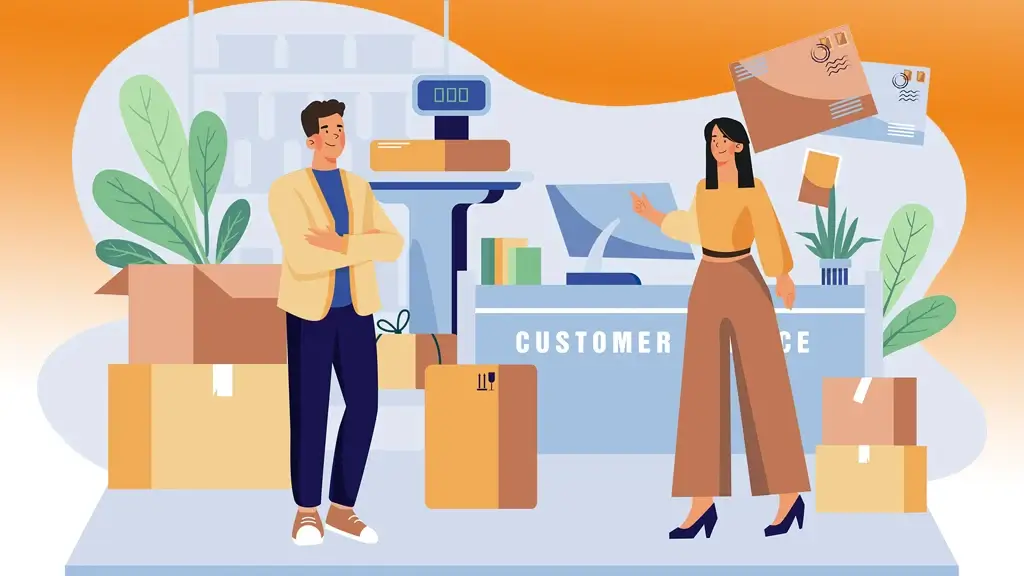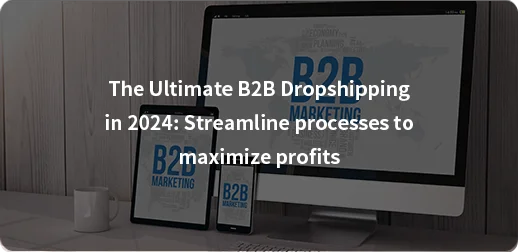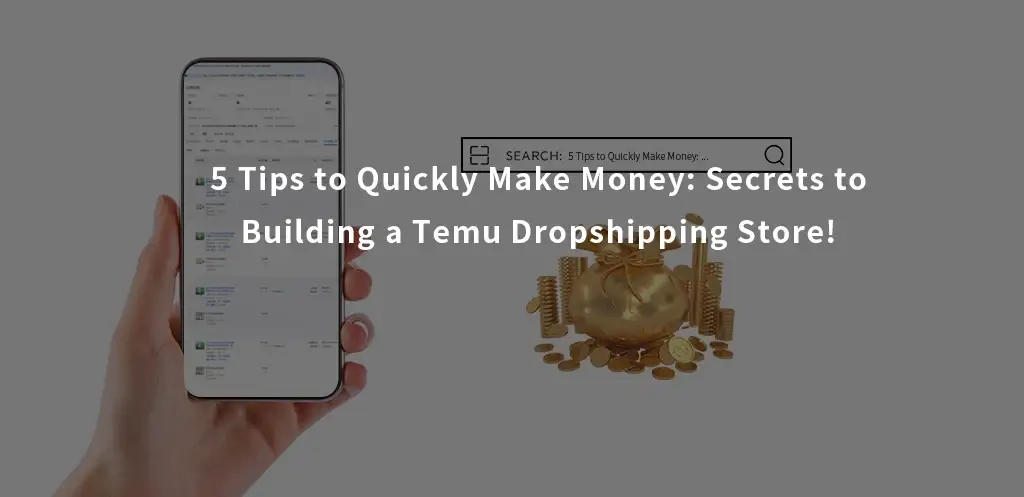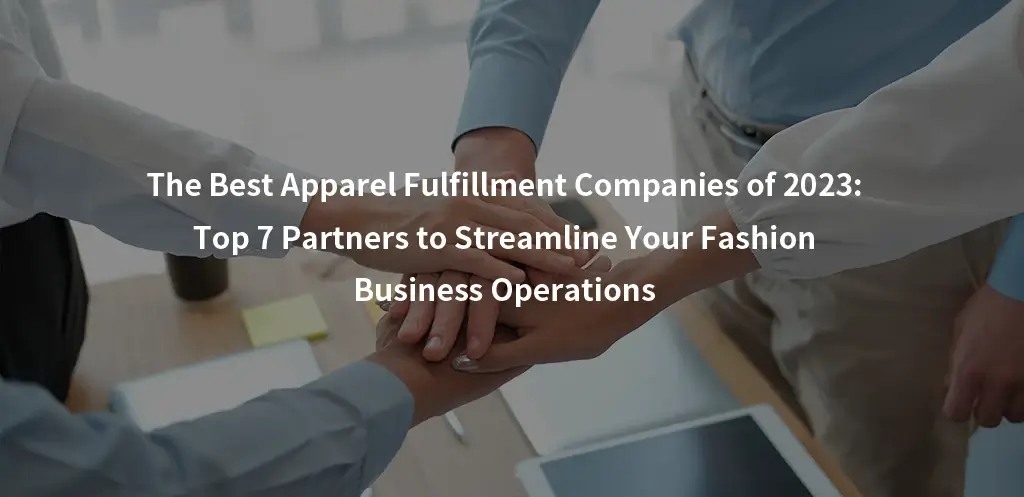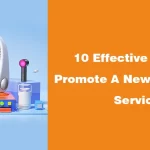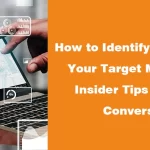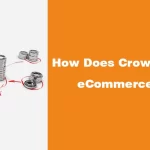Finding a reliable dropshipping supplier can be tricky.
So today I’m going to walk you through the same comprehensive step-by-step process we recommend to our clients for finding and working with dropshipping suppliers.
From where and how to search for suppliers, to how to spot scams, how to contact legitimate suppliers, and how to manage the ones you enlist, we’ll go over everything you should know in this complete guide to finding and working with the right dropshipping suppliers.
Let’s jump right in!
What’s the difference between dropshipping vendors and dropshipping wholesalers?

Well, dropshipping vendors are suppliers who specialize in a specific range of products. They usually charge a higher price per unit than wholesale suppliers and are better suited for dropshippers who are looking for unique products to sell.
Dropshipping wholesalers, on the other hand, offer a wider range of products, but in bulk and at lower rates. The perk of working with wholesalers is that you can source products at extremely low prices and extend the sourcing costs to your customers with HUGE POTENTIAL for profits!
How to find reliable dropshipping suppliers?
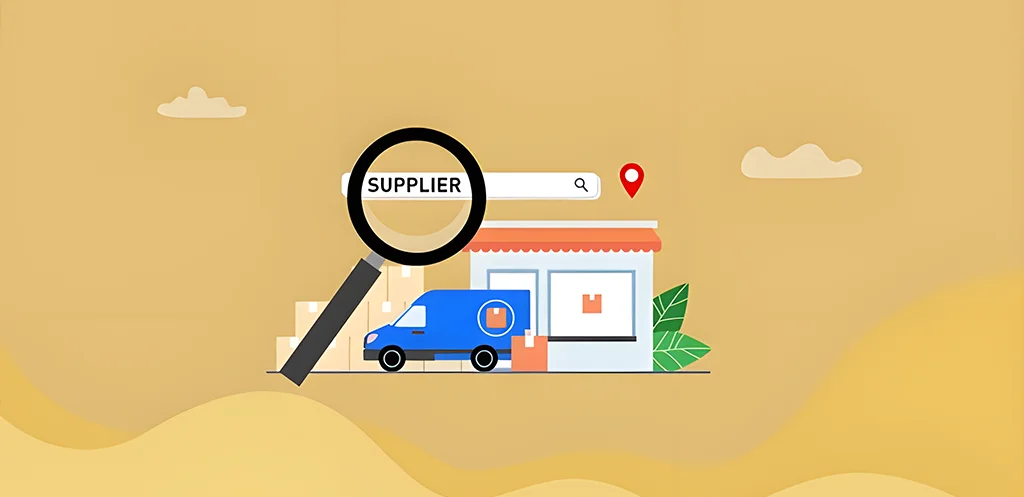
1. Check supplier directories:
If you need a collection of suppliers FAST, sign up with a supplier directory.
These are third-party organizations that keep a record of suppliers, their locations, the products they dropship, and their prices. Two familiar examples will be AliExpress and DHGate.
2. Search the Internet:
Another way to find suppliers is to go about it like you do with almost everything else – look for them online!
Just keep in mind that wholesalers aren’t really good at internet marketing, so you will have to research extensively and look beyond Google’s first page.
Here’s a tip: Don’t stop at just “[product] wholesaler.” Use modifiers like “distributor,” “reseller,” “bulk,” “warehouse,” and “supplier,” etc.
3. Order from competitors:
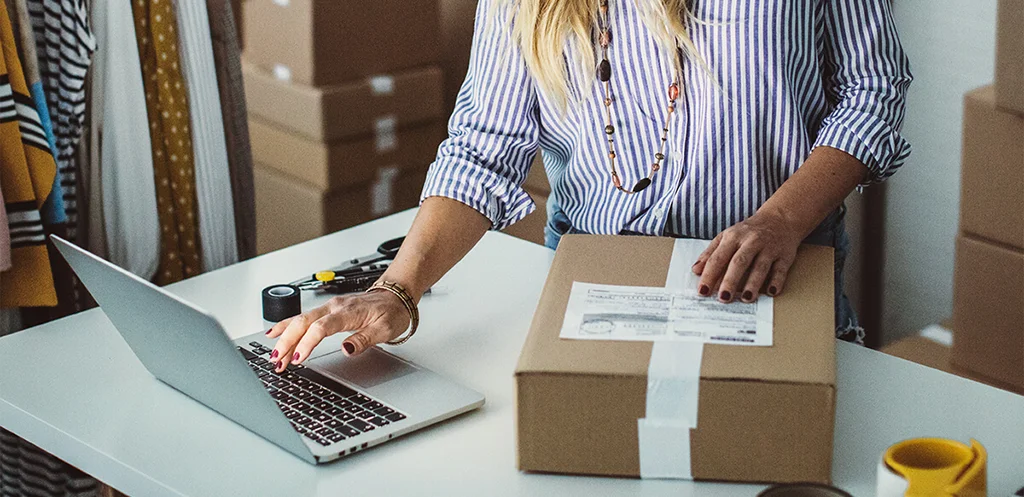
Internet searches can be time-consuming.
So, instead, you can find a competitor you admire. Place a small order from them. Wait to receive the package. And then google the return address when it arrives to find out the original shipper. In most cases, this leads to the supplier you can contact.
4. Contact manufacturers directly:
A more direct way to find suppliers is to contact the manufacturers themselves. Find a product you want to sell and try to find the manufacturer behind it by inspecting the label, researching it online, and contacting the seller.
When you get to the manufacturer, ask if they sell directly. If they don’t, ask them to refer you to the wholesale distributors they ship to.
5. Attend trade shows:
Find out if any trade shows in your niche are going on near you.
These events are great places to update yourself on industry developments, find out about emerging products and trends, and, most importantly in your case, find manufacturers and wholesalers that offer the products you want to sell.
Bonus; Try out Niche Scraper:
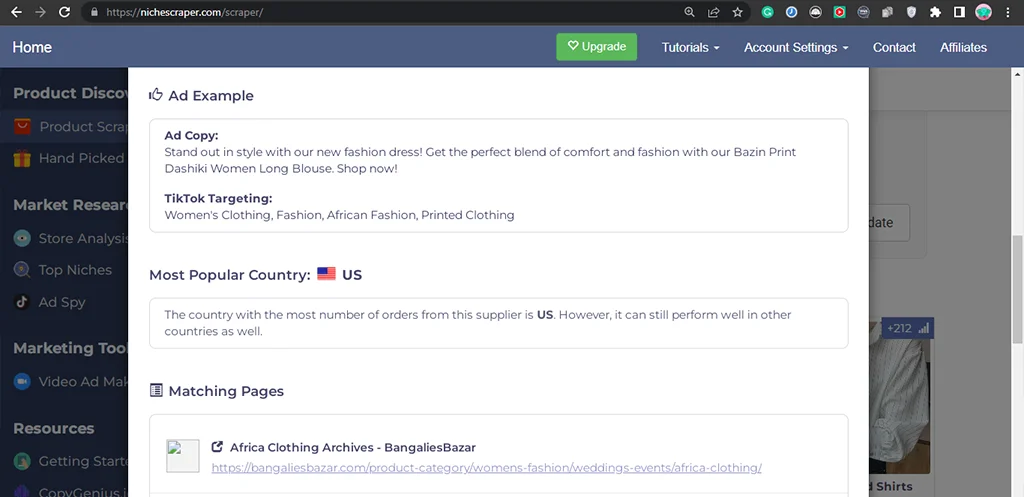
Niche Scraper is a product research tool you can use to find trending items. The tool provides you with a list of recommended products, available suppliers, and even ad-targeting approaches suggested and analyzed by their experts.
How to spot fake dropshipping suppliers:
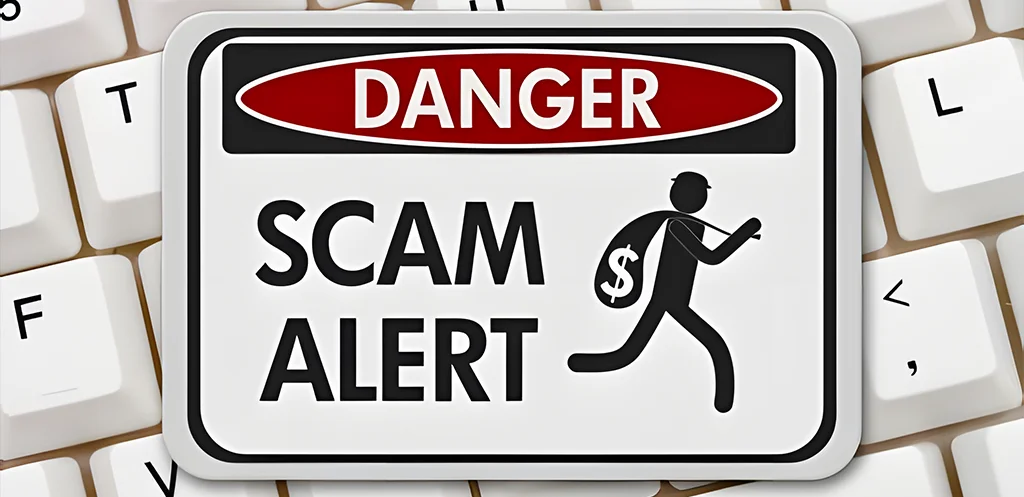
1. They charge ongoing fees:
While supplier directories may charge ongoing fees for the services and convenience they offer, no legitimate wholesaler will charge you for the pleasure of doing business with them.
When a potential supplier demands monthly fees or subscriptions, TREAD CAREFULLY. However, expect these legitimate fees:
1.1 Minimum order sizes:
Legitimate suppliers will set a minimum order quantity (MOQ) for your first order, which is the lowest amount of inventory you must buy for your first purchase.
This minimum purchase helps them filter out small and non-serious buyers that won’t result in meaningful business, so don’t panic at this charge. But, as a dropshipper, this can put you in a tricky position.
Let’s say a potential supplier asks for a $400 minimum initial order, but your average order borders around $100. What do you do?
Well, instead of buying $400 worth of goods unready to sell (and paying storage and maintenance costs on it), just pay your supplier the $400 in advance. Now, you will satisfy the supplier’s requirement and have credit that you can use to cover orders in the future.
1.2 Per-order fees:
Another fee that shouldn’t startle you is the per-order fee. It’s an upfront fee, typically $2-5, suppliers demand to cover the cost and shipping and packing each order.
2. They sell to the public:
Genuine wholesalers don’t sell to the public.
More so, genuine wholesalers require you to follow a process. You apply for an account. You prove you’re running a legitimate business. And, if you’re approved, you place your order.
Be wary of vendors that sell to the general public while openly offering “wholesale” prices. These are just retailers inflating their prices.
3. They don’t list their address:
It goes without saying you should never go into business/give your money to an entity whose location you don’t know.
Contacting Potential Suppliers

What to check before you contact:
- Check online reviews to gauge their credibility and reputation.
- Shipping times and return policies to see if they’re suitable for your business and customers.
- Bonus: Place a small order beforehand to experience the delivery time, product quality, and packaging for yourself.
What to prepare before you contact:

With your shortlist at hand (or on screen, whichever), you want to prepare the following:
- Your business information.
- Questions to ask the supplier.
To confirm you’re not just some window shopping merchant that will waste their time and resources, potential suppliers will want business details like your company’s registration.
Likewise, to learn about their products, payment terms, warehouse locations, and fulfillment time, you want to ask them some important questions.
Make contact
First send a direct message to the supplier’s contact addresses – a quick reply here is ideal.
Next, ask to speak to a rep on the phone. Or, if possible, ask for an in-person meeting to discuss your needs. Whichever option you go with, ask them the questions I share below;
What to ask when you contact:
What products do you specialize in dropshipping:
When you know what products they dropship, you can decide whether or not they match with your store offerings and customer’s demand.
What is your pricing structure and minimum order:
You’ll need to understand the pricing structure that dictates your future relationship, including minimum order requirements, per-order fees, and bulk discounts. With this information, you can calculate your profit margins and overall business model feasibility.
What are your shipping methods, times, and costs:
To guarantee your customers a realistic timeframe upfront, you need to know the shipping methods your dropshipping supplier offers as well as the time and costs of each.
What is your return policy?
Inquire about the supplier’s return policy, including details about who covers the returns fee, the returns shipping costs, and the process for handling returns. This takes the surprises out of your returns and makes it easier to manage customer satisfaction.
Bonus: What kind of support do you offer?
Some suppliers provide dropshipping assistance in the form of educational (dropshipping/ecommerce) training, customer service, technical support, etc.
Don’t be afraid to ask the supplier if they offer any of these extra services as it can be more efficient to have them perform some operations.
How to work with your dropshipping supplier(s):
How to build a good relationship with your supplier:

1. Pay on time:
To be treated as a respectable partner, make it a point to never delay payments.
But things do happen. So when they do, be sure to inform them early enough that you can’t make payments.
2. Check-in regularly:
Reach out to your supplier twice or at least once a week.
Talk about the products that are selling fast, how business is faring for both of you and how satisfied you are working with them (if you are, of course). Regular, close communication goes a long way in strengthening business relationships.
3. Don’t make working with you a chore:
By this, I simply mean to make business easy for them.
Answer your messages quickly, respond to late calls as soon as possible, and don’t order a batch of products only to change your mind at the last minute.
4. Be polite:
Don’t be that business partner that’s courteous in real life but hostile over text.
You don’t have to get too personal here. A simple “Hello! Hope you’re doing fine” before requesting “8 units of product X and 10 units of product Y”
5. Avoid emergencies and last-minute calls:
Just like you, your suppliers hate to be rushed. Last-minute requests can leave your supplier scrambling to fulfill orders. So my advice to you – avoid them at all costs.
6. Address issues as soon as they arise:
When something goes wrong – a customer receives a defective product or reports a missing package – don’t leave your supplier unaware. As soon as they arise, inform them so you can conclude on how to fix the problem ASAP.
Should I work with one supplier or several?
Single suppliers streamline the ordering process and reduce the administrative costs and relationship-building required by you.
So if you run a one-person dropshipping venture, you might choose to work with only a single supplier to ultimately keep operations streamlined.
Conversely, multiple suppliers are more tasking and costly to manage, but they minimize the risk of stockouts and supply chain disruptions.
So if you’re a growing dropshipping business looking to scale and maintain reliability for customers, then definitely work with various suppliers.
How should you manage delivery when you have multiple suppliers?

When you work with a single supplier, delivery can be on the simple side because one entity is responsible for all the products. However, as you scale, it gets more complicated.
Picture this: You work with multiple suppliers. Then Customer Z orders 9 leggings from you – 2 are stocked by supplier A. 3 are stocked by supplier B. And 4 are stocked by supplier C. How do you ensure all products reach the customer at the same time?
Unfortunately, there’s no way around this. In such a case, you’ll need a third-party fulfillment provider to receive those separate parcels, consolidate the order, pack them out, and ship them to your customer.
Luckily, you will find a good and reliable partner in GloballyFulfill. We’re experts at order fulfillment, so we can leverage our expertise and logistics networks to ensure efficient and timely movement of inventory and customer orders. Learn about our fulfillment solutions here.
How to manage your one supplier or multiple suppliers:
Whether you choose one supplier or five, here are some tips for managing various aspects of operations with them:
Inventory management
Ensuring your suppliers have enough stock and being aware of inventory shortages on time is simple.
Integrate a stock control or warehouse management system like our Enterprise Resource Planning software to get your supplier’s inventory in sync with your online store. That way, items that go out of stock can simply be hidden to prevent problematic orders.
Real-time order management
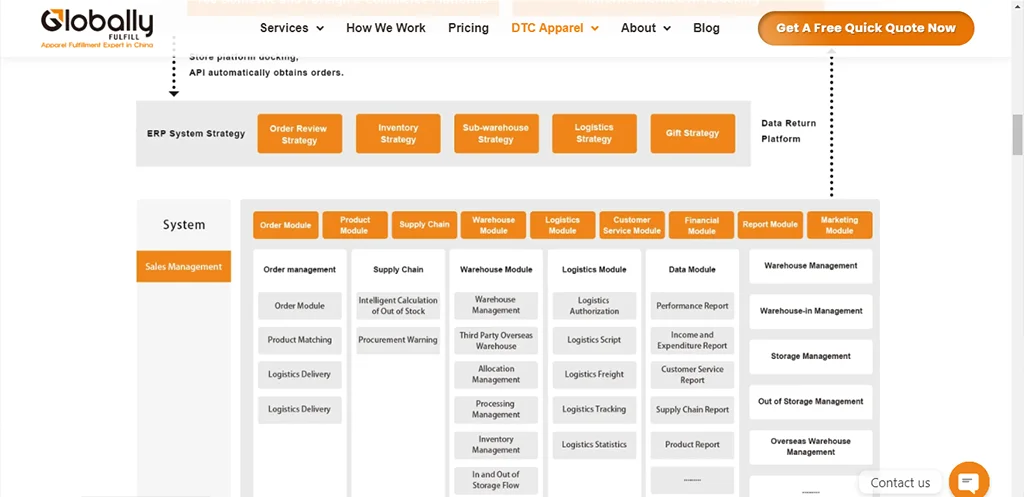
Besides inventory, you’ll still need to know which orders have already been fulfilled and which orders remain pending at every point.
Instead of having to reach out to suppliers only when customers report late or missing packages, you can leverage a cloud-based order management software, again like Globallyfulfill’s ERP, to keep track of customer orders after they’ve been shipped out.
With their software, once you fulfill an order and send it out, you’ll be able to view and share the tracking info in a second if ever the customer requests fit. Plus, it integrates with 100+ ecommerce platforms like Shopify, so you won’t worry about compatibility issues.
Shipping
Shipping efficiency starts with confirming when orders are received and fulfilled.
Again, you will need an inventory management system to handle this effectively. But, if you’re fulfilling only a few orders and you can’t yet afford one, get your supplier to confirm received and fulfilled orders via email messages. Or simply choose our ERP software because it’s free!
Manage customer expectations
Now that 62% of customers expect standard and even free 2-3 day shipping, it’s never been as important to be honest and upfront with them about your shipping capability.
To get a feasible time estimate for deliveries, ask about your supplier’s lead time. In ecommerce terms, your supplier’s lead time for deliveries refers to how long it will take products to reach their buyers up from the point the order is placed.
If your supplier says 3-7 days, then expect ONLY 3-7 days and nothing less. Then, relay that timeframe to your customers in clear product descriptions, checkout pages, and FAQ sections.
Product tracking
![]()
If your supplier uses ePacket, then you can use EMS (if your product is still in China) or USPS (if it’s in the United States).
When these options aren’t available, use third-party tracking services like AfterShip and PackageTrackr to know the whereabouts of your parcels.
What you should know about customs
If your supplier ships with ePacket, all duties are already paid, so you don’t need to worry about customs.
However, if you’re using private carriers like FedEx, DHL and, UPS, know that most of these services pay the import tax first and ask for repayment later. Most services charge customers, but you might choose to have them charge you.
Returns
Let’s say a customer wants to return a product. What’s next?
First, ask your supplier for an RMA (return merchandise authorization) number and have your customer send the item back to your supplier. Then, your supplier will either send your customer a new item or refund you (so you can refund your customer).
Bear in mind that not all suppliers accept returns. Assuming your supplier accepts returns, also bear in mind it will result in extra wait time for customers.
Since this method can lead to more disgruntled customers, you can take money out of your pocket to buy a new item from your supplier so they can send it to your customer without them having to return their existing one. Yes, this is the more expensive solution, but I bet your now-satisfied customer won’t hesitate to recommend you to all their friends.
Final Thoughts:
I hope I’ve been able to illustrate the exact steps to follow for finding reliable dropshipping suppliers and fostering a positive yet productive relationship with your supplier(s).
If you’ve found this article helpful, then you’ll be happy to hear that we’ve also written extensively on the best Chinese dropshipping suppliers and the best dropshipping agents for ecommerce sellers in your position. Be sure to give them a good read.
Oh. And one more thing. If you’d like to discover more actionable ecommerce and dropshipping tips like this, visit our GloballyFulfill blog where we post new and insightful guides, tips, and reviews every week! Goodbye and see you in my next post!


